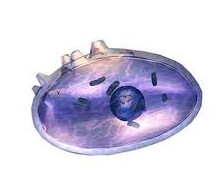chlamydia
Chlamydia is caused by bacteria. These nestle in the mucous skin on the inside of the vagina, the penis, the mouth, the anus or the urinary tract, where they multiply.
Symptoms of chlamydia
The symptoms of chlamydia are redness and irritation, and some thin discharge from the vagina or penis. Anal and oral sex can also infect the anus or throat. Symptoms appear from a few days to a week after the infection. In boys the symptoms are clearer than in girls, because the inside of the vagina is wider, and also because the vagina nearly always produces some discharge. The clear symptoms are: pain during urination, discharge from the penis or anus. If there is a suspicion that the infection is the result of unsafe sex, it is sensible to have yourself tested. This can be done by your family doctor or in various other places, such as clinics or hospitals. A smear taken from the surface of the mucous skin of the penis of vagina is examined under the microscope. If the result is positive, the person(s) with whom you’ve had unsafe sex should be warned so that they too can have a check.
Treatment of chlamydia
Chlamydia is easily treated with antibiotics. It is unwise to leave the infection untreated, because then the bacteria are can spread to the internal genitals. In boys they will end up in the testicles, in girls in the Fallopian tubes. These can become inflamed and blocked. The number of chlamydia infections has been on the rise in recent years, due to the anti-sexual climate of recent years, which has replaced information by fear mongering. Chlamydia is the most frequent of sexually transmitted infections, particularly among young people. It is transmitted on average about once every 30.000 sexual contacts.

